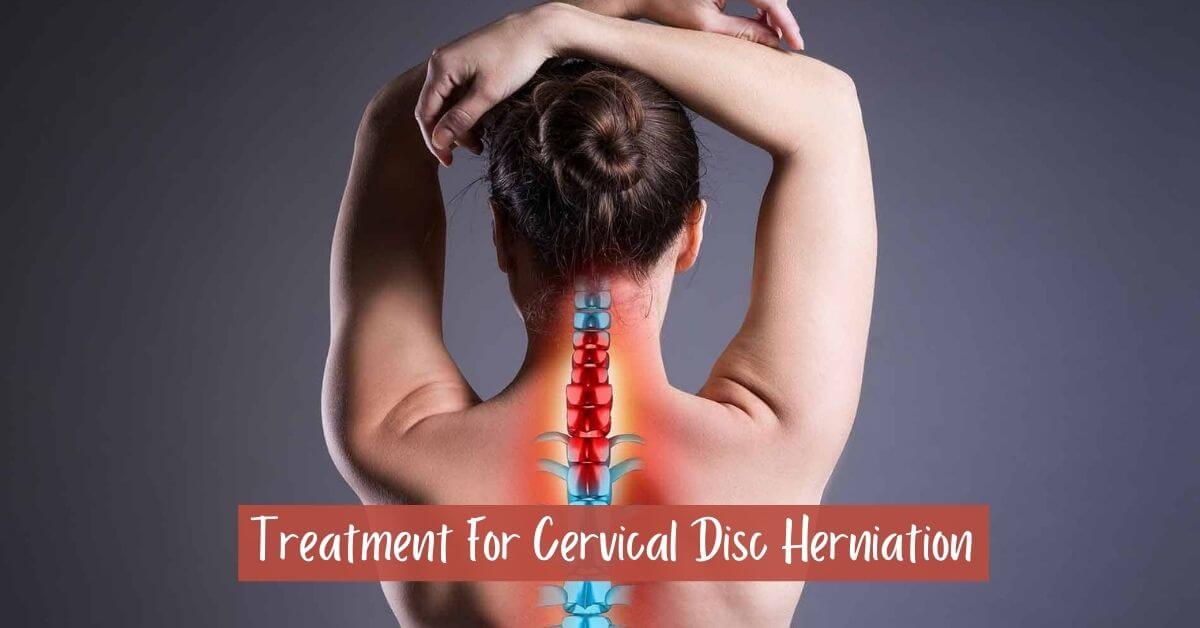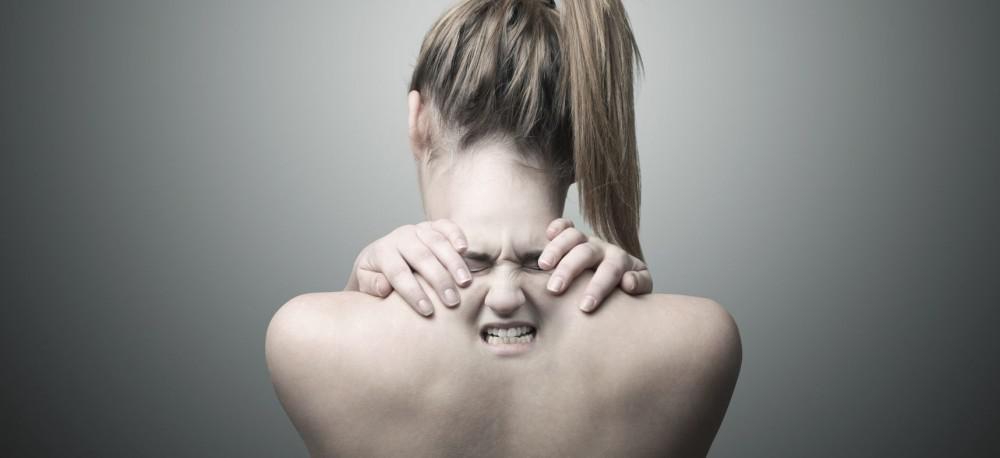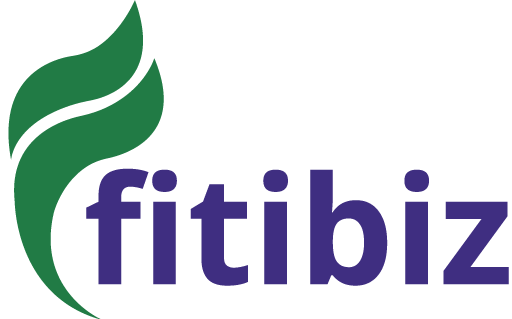Treatment Of Cervical Pain|Neck pain, It’s Symptoms And How To Deal With It

Hey, are you a victim of cervical pain, or afraid that you are suffering from cervical pain? If yes, then don’t get panic, this can be cured in the initial stage by recognizing the symptoms of cervical pain, causes, and applying some regular exercise in your daily life. Here in this blog, you can enhance your knowledge and can get rid of cervical pain by knowing some treatments, and exercises. So let’s start reading without wasting any further.
What Is Cervical Pain (Neck Pain)?

The cervical spine in any human has a wonderful but a little complex structure. However, this complex structure is proficient in supporting the head part of your body which has 15 or more pounds of weight when you moving it in different directions. This is the fact that no other section of the spine in the human body has such freedom of movement.
Although such a combination of complexity and mobility can make your neck sensitive to pain and injury. Although cervical or neck pain is generally caused by strain. However, prolonged pain can be a sign of some more serious problems. Although this complex structure of the cervical spine has some parts.
However, it involves intervertebral discs to absorb shock, 7 small vertebrae, the spinal cord, joints, intervertebral discs to absorb shock, vascular elements, 8 nerve roots, 32 muscles, and ligaments. Although the spinal cord has nerve roots stem in your body, that is the same as tree branches within the foramen in the vertebrae.
Also, each of these nerve roots can transmit the signals to and from the brain, arms, shoulders, and chest. Although these signals are known as nerve impulses. Also, the vascular system in the human body has 4 arteries, and veins that run through your neck that can help you to circulate the blood between the heart and the brain.
Causes of Cervical Pain
Although the muscles, joints, and ligaments do facilitate the movement and serve you to stabilize the whole structure and neck mobility is excellent. Thus it is capable of moving the head part in multiple directions such as 90° of extension or backward motion, 90° of flexion or forward motion, 180° of rotation or side to side, and around 120° of tilt to each shoulder. The causes of neck pain are as varied as the list is long. Consider a few examples:
Growing Older: Degenerative disorders such as osteoarthritis, spinal stenosis, and degenerative disc disease are known to affect the spine.
Osteoarthritis is a common joint disorder causing progressive deterioration of cartilage. The body reacts by forming new bone termed osteophytes (bone spurs) that impact joint motion.
Everyday Life: Poor posture, obesity, and weak abdominal muscles disrupt the spine’s balance often causing the neck to bend forward to compensate. Stress and emotional tension can cause muscles to tighten and contract to result in pain and stiffness.
Injury and Accidents: Whiplash is a common injury sustained during an auto accident. This is typically termed a hyperextension and/or hyperflexion injury because the head is forced to move backward and/or forward rapidly beyond the neck’s normal range of motion. The unnatural and forceful movement affects the muscles and ligaments in the neck. Muscles react by tightening and contracting creating muscle fatigue resulting in pain and stiffness.
Other Disease Processes: Although neck pain is commonly caused by strain, prolonged pain, and/or neurologic deficit may be an indication of something more serious. These symptoms should not be ignored. Spinal infection, spinal cord compression, tumor, fracture, and other disorders can occur. If a head injury has been sustained, more than likely the neck has been affected too. It is wise to seek medical attention promptly.
Need For Treatment of Cervical Pain (Neck Pain)
Before starting about the exercises, treatments, and symptoms of cervical pain, it will be good to know What is Cervical Pain? Cervical pain is a kind of pain that occurred due to some changes in bones like osteoarthritis, and cervical spondylosis. Mostly this condition is seen in the group of aging people due to herniated discs, injuries, tumors, and Paget’s disease in bone. But that doesn’t mean that the cervical pain can’t affect the adult age group, the adult age group also face this due to some other factors.
In the medical term, there are different types of cervical pain like spondylosis cervical pain, osteoarthritis cervical pain, cervical spinal stenosis pain, etc. Spinal stenosis has two conditions, one is cervical spinal stenosis, and another is lumbar stenosis. Cervical spinal stenosis dizziness is a kind of stage where the spinal canal starts to narrow and create a space in the spinal bone in the part of the spine in the human neck.
And lumbar stenosis occurs in the lower back of the spine. In the above paragraph, we have mentioned spondylosis, and osteoarthritis cervical pain. Spondylosis cervical and osteoarthritis cervical are approximately the same which we called cervical neck pain in our normal life.
Read more: Lower back pain in older adults
Here in this blog, you will know only the exercises, treatment, and symptoms of cervical neck pain. If you are a victim of this cervical neck pain then it will be very useful for you or if you are not a victim of cervical neck pain then this also useful for you.
Symptoms of Cervical Pain
You can recognize cervical pain through the symptoms. So it is important to know the symptoms to treat the cervical neck pain as soon as possible. Here are symptoms mentioned below, that will help you to detect cervical pain in the neck.
- Neck pain is the main symptom of cervical pain in the neck.
- Sometimes your hands, legs, or fingers may become insensitive or numbness & tingling.
- Feeling weak to pick any goods in your hand.
- Facing problems to walk properly and to balance perfectly.
- Cramping of legs for a long time, and unable to walk perfectly.
- Incontinency of the urinary is a big symptom of spinal stenosis, generally, this symptom appears in the severe case.
- Most of the time feeling pain in the middle part of the neck, shoulder, and upper chest is another symptom of cervical neck pain.
- Severe headache in the backside of head, behind the ear, and eye.
- Tightening of muscle in the neck during the sitting and sleeping position, and unable to move the neck.
- Cramping of muscles in the neck.
- Sharp neck pain, stress, fever, throat pain, tenderness, not able to lifting or gripping easily.
Cervical Pain Treatment
Cervical neck pain treatment can be treated through 4 mediums, and they are physical therapy, surgery, and medication.
Physical Therapy: Physical therapy medium will help you to relieve pain, stretch your neck and muscles of your shoulder. Not only that physical therapy also increases the willing power of your mind and recovery as soon as possible with the therapy procedures.
Medication: Medication is a process by which you can get relaxation and relief in your muscles, and can reduce inflammation. Your physical therapist will suggest you cyclobenzaprine for the muscles to relax, and muscle spams, hydrocodone for pain relief, gabapentin (anti-epileptic drugs) for nerve damage and pain relief, and steroid injections to reduce the inflammation of the tissue. Doctors also suggest the victim of cervical neck pain take nonsteroidal anti-inflammatory drugs to reduce inflammation.
Surgery: In this case, surgery depends upon your cervical pain condition, If all types of treatments go wrong with you or don’t respond, and if your case is severe then you need surgery to get rid of this condition. Surgery in cervical neck pain is rarely suggested by therapists. Generally, surgery is needed for those persons who experience such type symptoms as weakness of muscle, loss of bowel, loss of sensation, etc.
Cervical pain treatment at home: You can make your treatment at your home if your condition is mild. Do some exercise regularly in free space to get an effective result and use a heating pad or cool pack on your neck area to provide relaxation to your neck. Try to avoid a very soft and very hard pillow in the bed. Wear a soft neck collar to reduce the movement of your neck.
Cervical Pain Exercise to Get Rid of The Pain

Exercise is the best way to get rid of this cervical pain, it makes our bones and muscles stronger and can increase our muscle strength and mass. Here are some easy exercises mentioned below which will help you to reduce cervical neck pain faster. Have a look at the below:
Stretching of the neck:
- At first, sit down in a straight position and keep your head straight.
- Then move your chin forward and stretch your throat in the same way.
- Softly stretch the muscles of your neck, and don’t move for 5-8 seconds.
- Then return to your previous position slowly.
- Move your chin upward and hold it for 5-6 seconds then return to your previous position.
- Repeat it 5-10 times a day.
Tilting of Neck (Forward & Backward):
- Touch your chin in your chest and gently stretch your neck muscle by holding for 5 seconds.
- After that, return to your previous place, and repeat it 5-10 times a day.
Turn the neck:
- Sit straight, and side your head backward for 5 seconds as per your comfort, and stretch the muscle.
- Then return your head to the previous position.
- Again do the first step on the opposite side, and repeat it 5-10 times in a day.
Tilt the neck side to side:
- First of all, straight your spinal cord, and neck in a sitting position either stand up straightly.
- Then tilt your head down towards any shoulder, with the ears leading.
- Now try to stretch your neck muscles, and hold them for 5 seconds.
- Come back to your previous position and do this again on the opposite shoulder.
- Do this 5-10 times per day.
Roll your shoulder:
- Rolling of the shoulder is the best exercise for cervical pain.
- At first, sit or stand in free space and raise your shoulders straightly.
- Move your shoulders circularly in a forward motion for 5 times.
- Then come back to your previous position, and again raise your hand straight up.
- And do the same circulation motion but in the backward motion for 5 times.
- Count it one, and do this exercise (roll your shoulder) 5 times a day.
Remember that do all the exercises regularly in a limitation don’t try to do this more than 10 times a day, this may increase your cervical neck pain. And do not stretch your neck muscles gently, otherwise, your pain maybe twice as much as before.
Frequently Asked Questions About Cervical Pain
1. Let us know, what are the symptoms of cervical pain?
Given below are some of the symptoms of cervical pain:
- Neck pain
- Headaches
- Weakness in your arms
- Pain in your shoulders, arms, or hands
- Stiffed in the neck
2. Let us know, where is cervical pain located?
Basically, cervical pain is located in the middle of the neck. But it also affects the movement of those arms and shoulders. It can also give those headaches and tension. But mainly this issue targets the neck.
3. How much time does cervical pain last?
Generally, neck pains are common in all humans. But sometimes it can be 2 weeks. But in some cases, it may even last for 4 to 6 weeks.
4. Should I stretch my neck if it hurts?
Well, stretching helps in getting rid of those neck pains. But if your neck is hurting even further while stretching then it is suggested to not doing the stretches further. Further stretches can even make those neck pain more severe.
5. Should you sleep without a pillow?
Well, it suggested sleeping with a pillow for a comfortable sleep. Also, if you are dealing with neck pain, it can be unsafe to sleep without a pillow.
Conclusion
This article gives a well-rounded picture of things that can cause cervical and arm pain. However, a patient should consult with their physician rather than doing a self-diagnosis. Some conditions, such as coronary artery disease (angina) or even lung tumors may mimic these conditions. It is best to have a skilled physician perform a thorough physical examination when the symptoms described are present.
We hope this article will help you to collect some knowledge regarding cervical symptoms, treatment, and exercises. Further, if you have any doubts regarding this blog then you can comment to us in the below section, we will try to clear your doubts. At last, we will say that just follow the treatment and exercise, and stay healthy.




Write a comment
Your email address will not be published. All fields are required